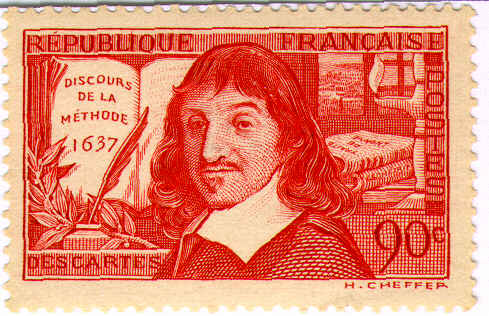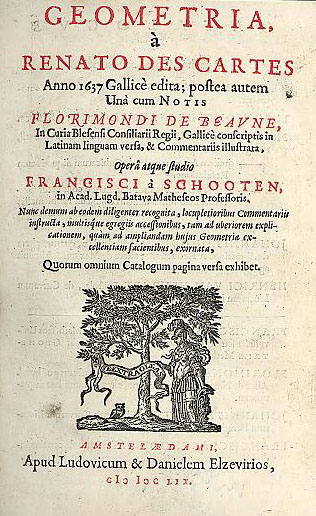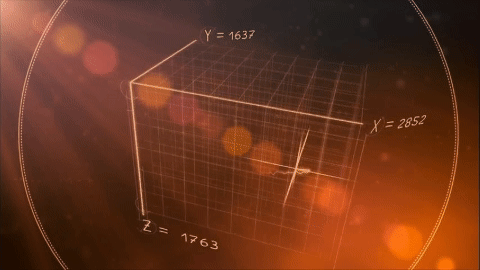THESIS


(Descartes’ Stamp by French government, engraved by Henry Cheffer in 1937, Wake Forest University)
In 1637, the philosopher polymath René Descartes published his profoundly influential work La Géométrie, marking a pivotal turning point in the history of mathematics. His invention of the Cartesian-coordinates system not only merged algebra and geometry but also became a catalyst for transformation in mathematics and beyond. This was a game-changer because it allowed mathematicians to describe geometric shapes using symbols and equations, rather than relying solely on drawings and constructions.
Cartesian-coordinates system inspired countless mathematicians among whom include Newton and Leibniz who discovered calculus building on Descartes ideas. The mathematics of Descartes is at the heart of real-world applications such as GPS, GIS and medical imaging systems. Embodied in this beautiful story is one man’s quest to Investigate, Interact, Invent, Influence, and create everlasting Impact.
“Of the many men who have been famous as mathematicians and as philosophers, Rene Descartes was perhaps the most outstanding. Living in first half of the seventieth century, he was the father of analytic geometry and of modern philosophy.”
~ R H Moorman, Humanism and History of Mathematics, 1943

(Van Schooten’s Latin edition of Descartes’ Geometry , 1659, Mathematical Association of America)
"As long as algebra and geometry proceeded along separate paths their advance was slow and their applications were limited. But when these sciences joined company, they drew from each other fresh vitality and thenceforward marched on at a rapid pace towards perfection."
~ Joseph Louis Lagrange - Makers of Mathematics by Stuart Hollingdale

(Genius By Stephen Hawking, pbslearningmedia series)
